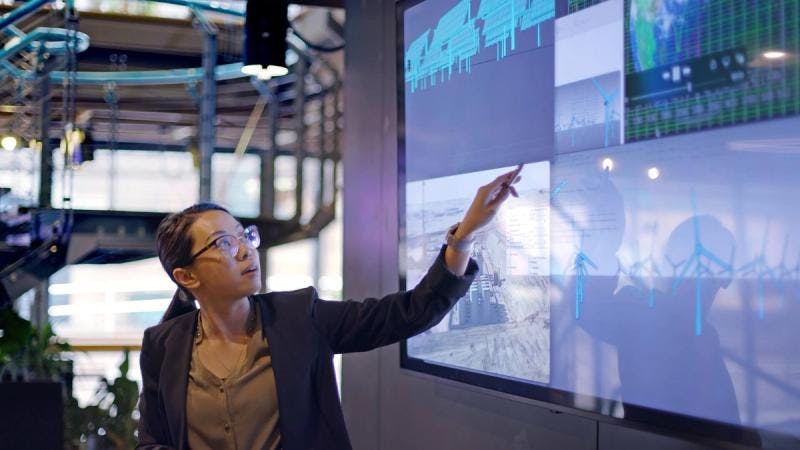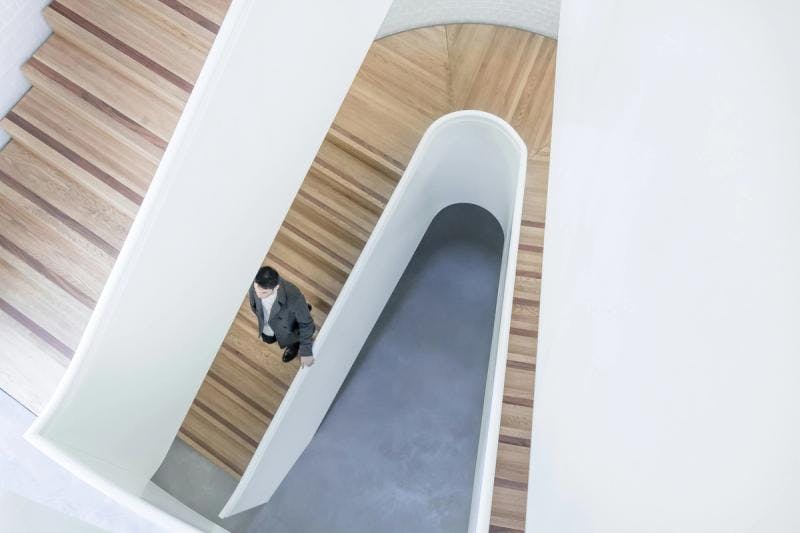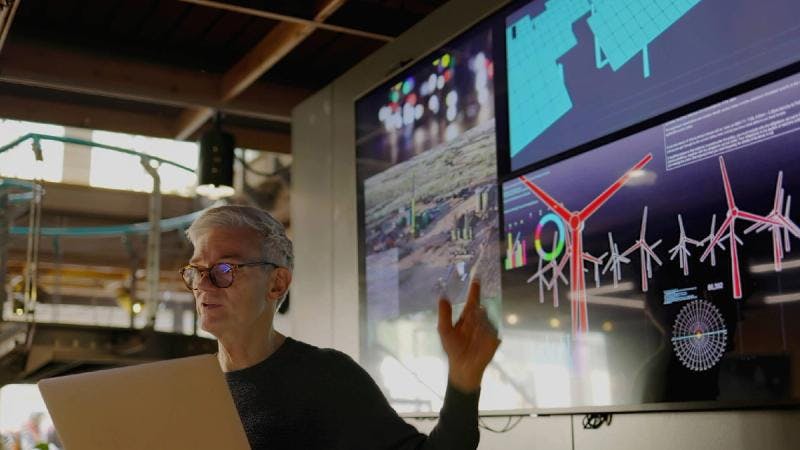Google has kicked off its 2025 carbon dioxide removal (CDR) procurement campaign with a bang, signing two future purchase agreements of 100,000 tonnes with biochar providers Varaha and Charm Industrial, the two largest biochar purchases to date.
In March 2024, Google announced its commitment to purchase $35 million in carbon removal credits within twelve months, and subsequently signed deals for enhanced rock weathering removals and direct air capture (DAC). The tech giant began its CDR strategy in earnest back in 2023, signing deals through Frontier with some of the biggest names in the game, such as CarbonCapture and Lithos Carbon.
Google has set a target to neutralize all of its residual emissions through removals by 2030: a strategy which, in Google’s words, relies on ‘partnerships’ rather than straightforward procurement. This 2030 timeframe presents a huge challenge for Google, which must select providers with reasonable scalability prospects in the short term – hence its move to acquire biochar offsets.
But the CDR market is in an arms race, with technology giants competing for access to offsets in what is a supply-constricted market. This arms race has been propelled by AI-related emissions; Google’s emissions are currently 48% higher than its 2019 benchmark, driven by “increasing energy demands from the greater intensity of AI compute”.
Despite Google’s rapid moves since 2023, Microsoft is the clear leader in the CDR race, contracting more than 4.5 million tonnes in 2024 alone. This momentum has carried into the new year, with Microsoft extending an existing agreement with nature-based climate solutions start-up re.green to include an additional 3.5 million tonnes of carbon removals.
Microsoft has first mover advantage but faces a significant challenge – it has already exhausted the market for carbon removals. For Microsoft, BECCS (bioenergy with carbon capture and storage) is the solution; by volume, 96% of Microsoft’s total 2024 purchases have been from BECCS providers. Big tech buyers are the biggest demand driver and investor in CDR, and they are sending clear signals that they want supply now. This is driving investment towards biochar and bioenergy technologies, raising questions about the future of more expensive, but potentially more durable, technologies like DAC. As the nascent market slowly matures, the dominant image of CDR is moving away from the process of removing carbon dioxide from the air and storing it underground, and closer to conventional, nature-based removals.






